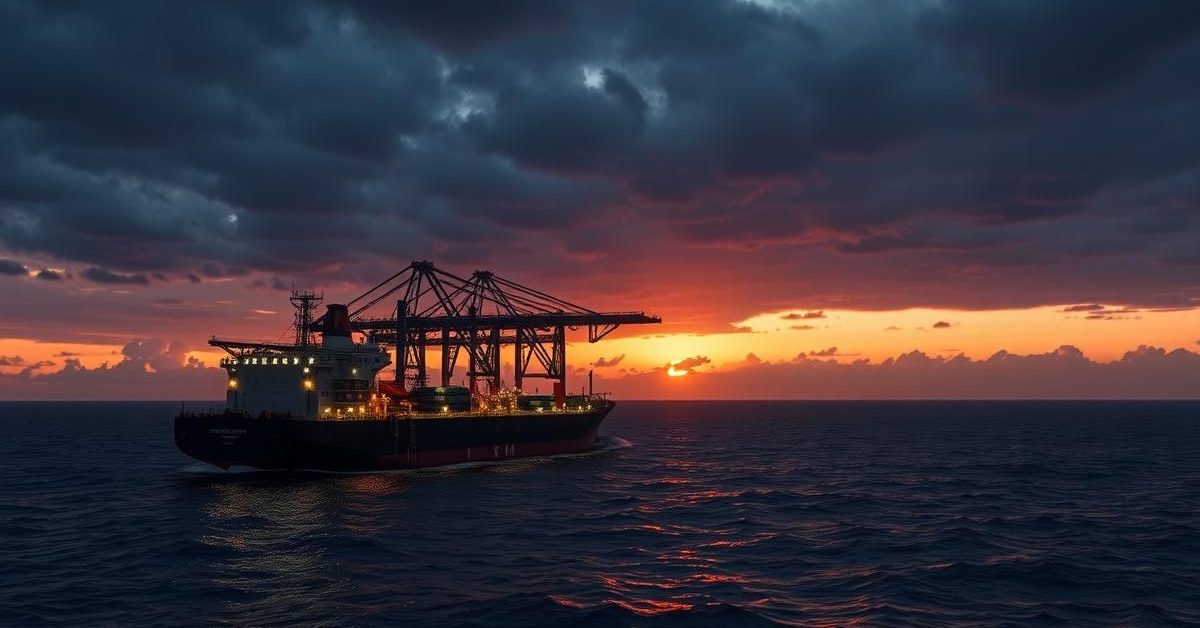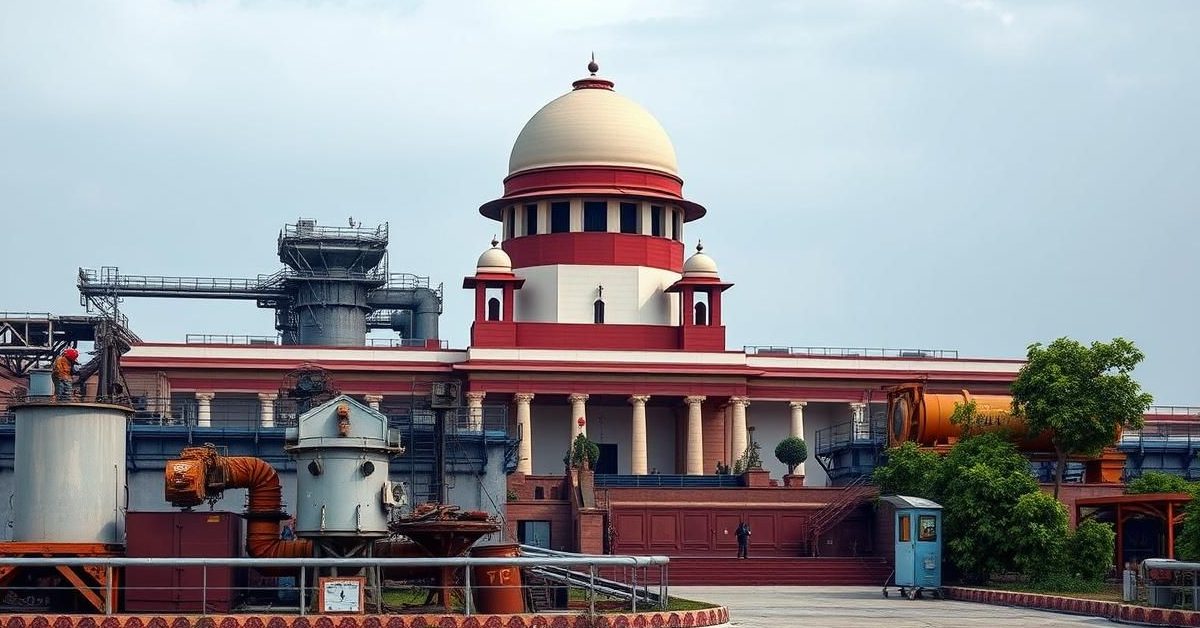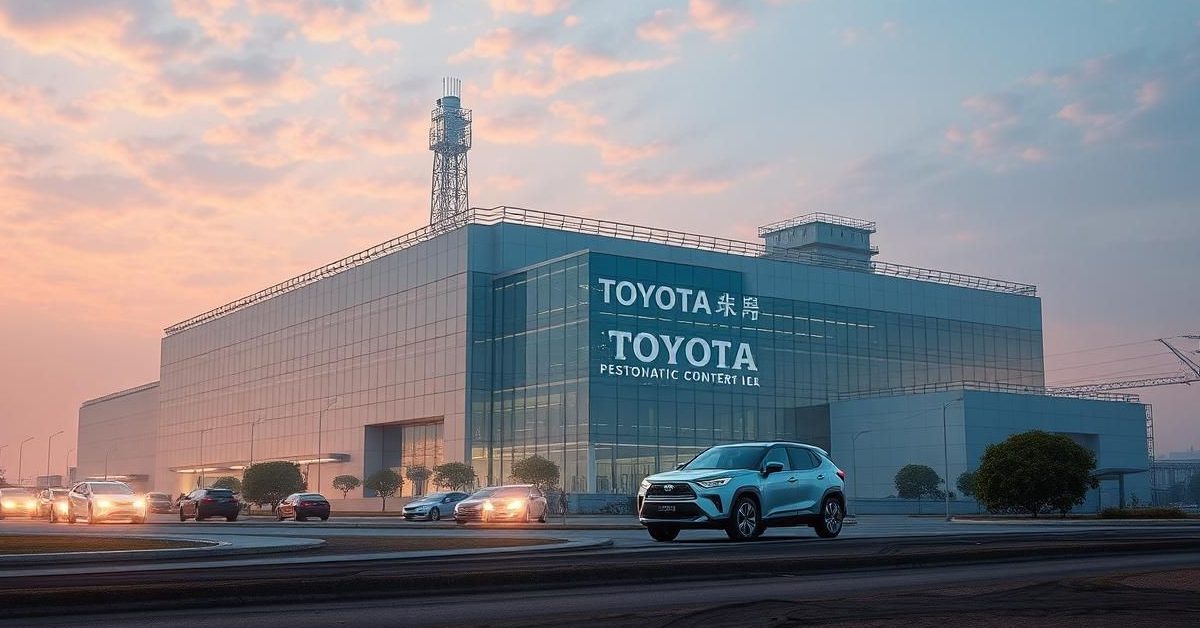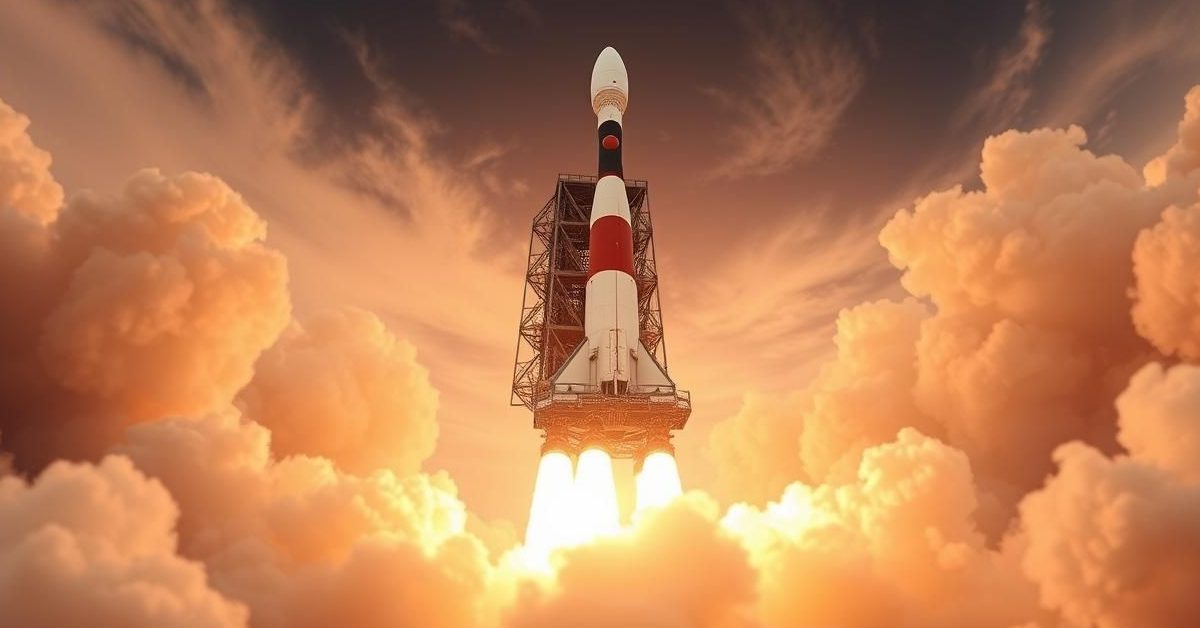India’s Pivotal Shift: Navigating Global Energy Volatility
In a world gripped by geopolitical tremors, India, a burgeoning economic powerhouse and one of the globe’s largest energy consumers, is strategically recalibrating its oil import portfolio. The recent escalation in tensions between Israel and Iran, coupled with Tehran’s formidable threat to potentially disrupt the vital Strait of Hormuz, has sent ripples of concern through international markets. This precarious situation is now decisively compelling Indian refiners to dramatically increase their procurement of crude oil from non-West Asian suppliers, marking a significant pivot in the nation’s energy security strategy.
The Looming Shadow of the Strait of Hormuz
The Strait of Hormuz, a narrow waterway connecting the Persian Gulf to the Arabian Sea, stands as an indispensable choke point for global oil shipments. An astonishing one-fifth of the world’s petroleum transits through this maritime artery daily, making it incredibly vulnerable to geopolitical machinations. Any disruption, however fleeting, could trigger an unprecedented surge in global oil prices and wreak havoc on supply chains. For India, heavily reliant on Middle Eastern crude, the prospect of instability in this region presents a direct and palpable threat to its economic stability and burgeoning industrial ambitions. The nation’s vulnerability to events in the Persian Gulf necessitates a proactive and assertive strategy to insulate its energy supplies from such critical flashpoints.
Diversification: A Cornerstone of India’s Energy Resilience
Recognizing the inherent risks associated with over-reliance on a single geographic region, India’s energy policymakers and leading refiners like Indian Oil Corporation (IOC), Reliance Industries, Bharat Petroleum (BPCL), and Hindustan Petroleum (HPCL) are accelerating a long-term diversification strategy. This strategic imperative aims to build a more robust and resilient supply chain, ensuring an uninterrupted flow of crude oil, which is the lifeblood of the nation’s economy. The current geopolitical climate merely underscores the urgency and wisdom of this approach, pushing the nation towards a more geographically diverse and secure energy future.
The Russian Nexus: Strategic Partnerships and Discounted Opportunities
Russia has emerged as a crucial component of India’s revised oil import strategy. Following the geopolitical shifts in Europe, Russian crude, particularly Ural crude, became available at significant discounts. This presented a compelling economic incentive for Indian refiners, who have dramatically ramped up purchases, transforming Russia into one of India’s top oil suppliers. This strategic economic partnership not only offers cost benefits but also diversifies India’s energy basket away from traditional Middle Eastern heavyweights like Saudi Arabia and Iraq, fostering a more balanced and secure global energy footprint.
Expanding Horizons: West Africa and the Americas
Beyond Russia, India is actively strengthening its ties with a broader array of global oil producers. West Africa, with its high-quality crude varieties like Nigerian Bonny Light and Angolan Cabinda, offers attractive alternatives. The shipping routes from this region to Indian ports are significantly less exposed to the volatile West Asian landscape, providing a safer and more predictable supply corridor.
Simultaneously, the United States and Latin America are gaining prominence in India’s energy calculus. The shale boom has transformed the US into a significant global oil exporter, offering diverse crude grades such as West Texas Intermediate (WTI). India’s increasing engagement with US suppliers strengthens bilateral strategic ties while providing another dependable source of energy. Latin American nations, including Brazil, Mexico, and potentially Venezuela as sanctions evolve, also present compelling opportunities for long-term supply agreements, particularly for heavier crude grades suitable for Indian refineries.
Navigating New Routes: Logistics and Economic Implications
The shift towards these non-West Asian suppliers inherently involves navigating new logistical complexities. Longer shipping routes from the Americas, for instance, translate to increased freight costs and longer transit times for tankers. However, these challenges are being carefully weighed against the imperative of energy security and the potential for more stable pricing away from the volatile West Asian spot markets. Major global shipping companies are adapting to these evolving trade routes, ensuring the smooth flow of these vital commodities. This strategic realignment is not merely about volumes; it is a calculated decision to mitigate risk, optimize costs over the long term, and bolster India’s position as a major player in the global energy market.
India’s Path to Sustainable Energy Security
This proactive approach to energy diversification underscores India’s growing maturity as a global economic power. By reducing its traditional reliance on a single, geopolitically sensitive region, India is not only safeguarding its immediate energy needs but also laying the groundwork for a more robust and sustainable future. This strategic pivot reflects a clear understanding that true economic growth hinges on secure, stable, and diversified energy sources, enabling the nation to navigate the unpredictable currents of global geopolitics with greater confidence and resilience.












